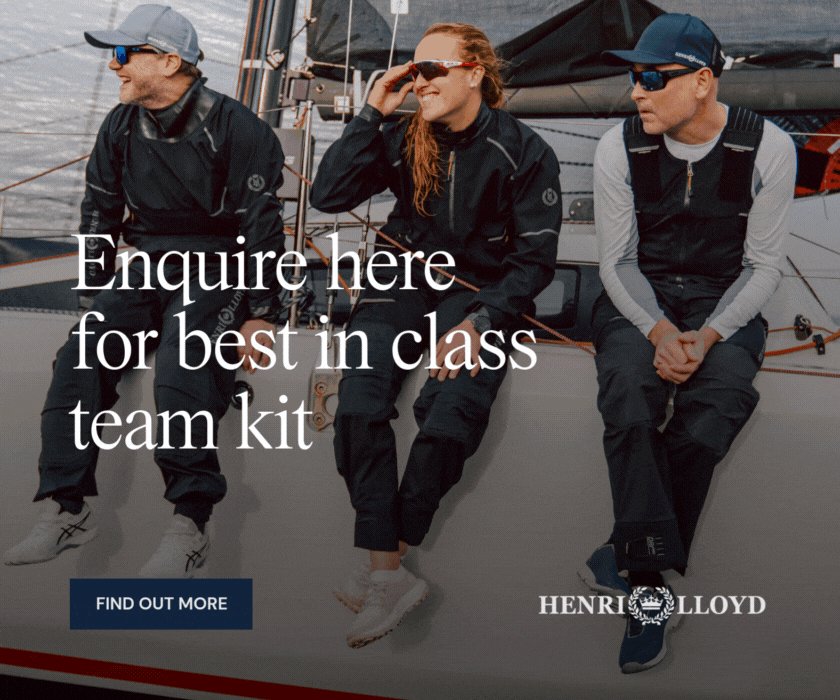

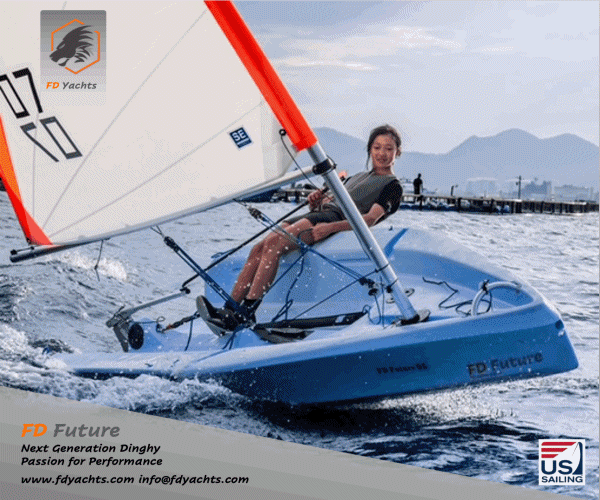
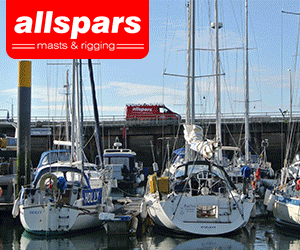



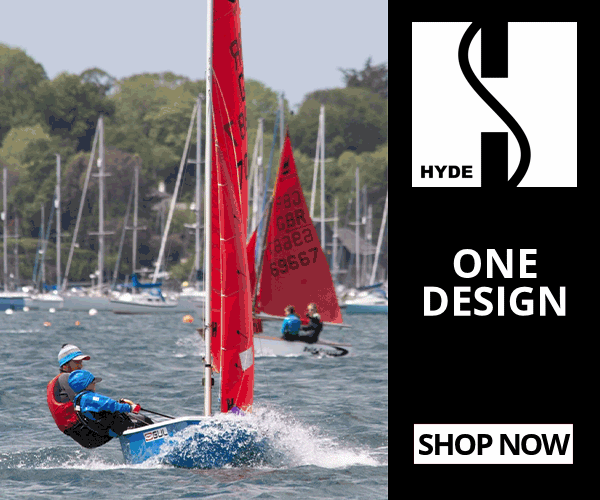
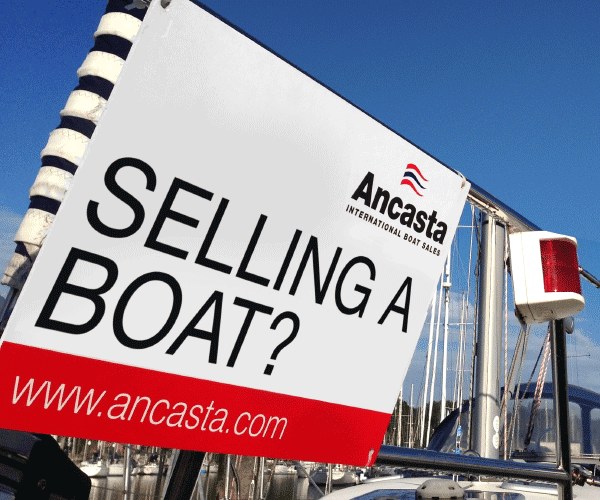


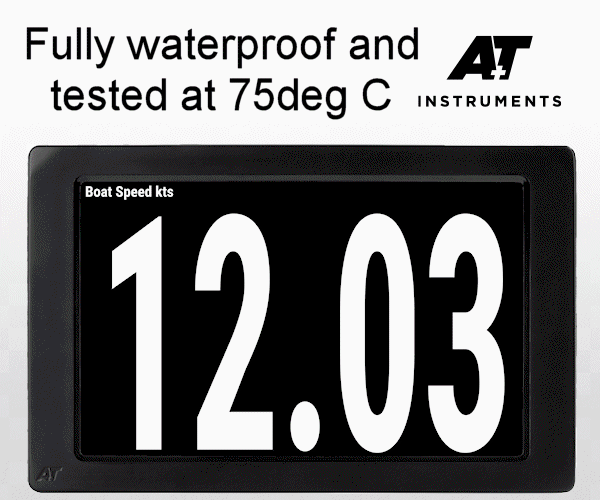

Boats for sale
| Rossiter Pintail Mortagne sur Gironde, near Bordeaux |
 |
| Laser 140101 Tynemouth |
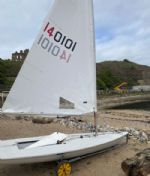 |
| Laser 28 - Excellent example of this great design Hamble le rice |
 |
List classes of boat for sale |
Lets see pictures and talk about T foils ... |
Post Reply 
|
Page 123 4> |
| Author | |
G.R.F. 
Really should get out more 
Joined: 10 Aug 08 Location: United Kingdom Online Status: Offline Posts: 4028 |
 Post Options Post Options
 Quote Quote  Reply Reply
 Topic: Lets see pictures and talk about T foils ... Topic: Lets see pictures and talk about T foils ...Posted: 25 Feb 13 at 10:22am |
|
And your perception of what they do, I'm a little confused. It's actually got to do with something I'm planning for a board rather than a boat. My perception is that you use them to stabilise the boat and help prevent nose dives, do they also assist speed by preventing tail squat (what we have going on in sailboards with something a bit cruder.)
Anyway, it's time they were discussed other than worrying about 420 sailors using them. And what classes permit their use and what constraints are placed upon the width of the cross foil bit, it's time I brought myself up to speed on exactly what everyone thinks they do, then I need to know wether they actually do anything at all other than be like bicycle stabilisers.. Edited by G.R.F. - 25 Feb 13 at 10:22am |
|
 |
|
alstorer 
Really should get out more 

Joined: 02 Aug 07 Location: Cambridge Online Status: Offline Posts: 2899 |
 Post Options Post Options
 Quote Quote  Reply Reply
 Posted: 25 Feb 13 at 10:31am Posted: 25 Feb 13 at 10:31am |
|
As I understand it, there's two basic uses for them:
1. fully foiling craft need them partly for lift, but more for pitch control (see Moths)
2. non foilers- National 12s and I14s- and merlins?- use them upwind to lift the stern and "fool the boat into thinking it's longer" (is the hideously anthromorphologised version of the explanation)-and more waterline usually means better upwind speed. With the I14 the helm and crew pretty much stand at the back all the time (which is apparently quite uncomfortable). Downwind (especially on the bear away) they wang the foil the other way to stop the nose going down.
|
|
|
-_
Al |
|
 |
|
JimC 
Really should get out more 

Joined: 17 May 04 Location: United Kingdom Online Status: Offline Posts: 6662 |
 Post Options Post Options
 Quote Quote  Reply Reply
 Posted: 25 Feb 13 at 10:37am Posted: 25 Feb 13 at 10:37am |
|
I don't know that there's actually a single answer. I also suspect that some of the theories that people have on why they work are incorrect.
The first implementations were on narrow lowriding International Moths, and the belief was that they were all about pitch control and especially not going down the mind. Typically these were non-adjustable and positioned at the bottom of the rudder. When this setup was tried on wider boats like Cherubs it didn't seem to be advantageous. The next wave started with International 14s. Paul Bieker came up with th idea of adjustable incidence foils mounted well up the rudder blade. The theory he was working to was that the foils would flatten the sternwave - effectively recovering pressure from the wave system and reducing drag. However it was very long before sailors started dialing in significant amounts of lift from these foils, moving the crew weight much further aft to compensate. |
|
 |
|
G.R.F. 
Really should get out more 
Joined: 10 Aug 08 Location: United Kingdom Online Status: Offline Posts: 4028 |
 Post Options Post Options
 Quote Quote  Reply Reply
 Posted: 25 Feb 13 at 10:39am Posted: 25 Feb 13 at 10:39am |
|
I wasn't thinking about Moths, it was what the none foiling boats use them for, I get they extend the planing area, didn't think they were adjustable, thought they were fixed, hence didn't think they were much cop other than as you say, to fool the boat into thinking it's longer.
So, there are variable pitch T foils in use on none foilers then? Kind of 'Trim Tab' like we used on power boats?
|
|
 |
|
tb 
Newbie 
Joined: 24 Apr 12 Online Status: Offline Posts: 10 |
 Post Options Post Options
 Quote Quote  Reply Reply
 Posted: 25 Feb 13 at 11:03am Posted: 25 Feb 13 at 11:03am |
|
Edited by tb - 25 Feb 13 at 11:04am |
|
 |
|
JP233 
Groupie 

Joined: 05 Dec 11 Location: warwick Online Status: Offline Posts: 47 |
 Post Options Post Options
 Quote Quote  Reply Reply
 Posted: 25 Feb 13 at 3:21pm Posted: 25 Feb 13 at 3:21pm |
|
Another how i see it, in the lowrider moth i used to sail the T-foil rudder was set a 4deg, pushing the nose in and the stern out, this is the tricking the boat to think its longer, or allowing you to sit further back with the same trim.
...
In the Chrub we wound the T-foil on to stick the bow down.... downwind we wound it off, this was to avoid pitchpolling i believe the classes that allow them are Int moths, cherubs, nat 12's, int 14's
|
|
|
Thanks
Jamie |
|
 |
|
G.R.F. 
Really should get out more 
Joined: 10 Aug 08 Location: United Kingdom Online Status: Offline Posts: 4028 |
 Post Options Post Options
 Quote Quote  Reply Reply
 Posted: 25 Feb 13 at 3:59pm Posted: 25 Feb 13 at 3:59pm |
|
So, what is the mechanism for altering the pitch? Oh and thanks by the way, very enlightening, much as I thought, the only thing I'm a bit concerned about, if the whole thing is always vertical then it will hold the nose of the boat down, and since just about everything happening on a dinghy seems to do that it's a wonder they ever plane at all.
So, if that foil cannot be varied in it's pitch, then I guess you what, lift it clear of the water so it can't do any harm? And, that must depend if the foil is down below or near surface running, then another question does anyone shorten the foil to reduce the pitching moment? Again all questions aimed at surface running vessels, not proper out of the water foilers, which have different stresses. So it's I14's, nat 12's and Cherubs, all twin handers, no single hander T foilers then? (Other than full blown flyers). Someone's clearly missing a trick then, you'd think shorter boats like single handers might want to fool everything around them into believing they're longer..
|
|
 |
|
JimC 
Really should get out more 

Joined: 17 May 04 Location: United Kingdom Online Status: Offline Posts: 6662 |
 Post Options Post Options
 Quote Quote  Reply Reply
 Posted: 25 Feb 13 at 4:19pm Posted: 25 Feb 13 at 4:19pm |
The Moths I was talking about - narrow low riders - were before the foil borne boats were developed. One of the oddities of dinghy choice is that there is no open rule singlehander between the International Moth and the International Canoe. AndyP tried a T foil in an Int Canoe, but it wasn't an obvious winner. Being so long, thin and having the pointed stern the Canoe does seem to work to some different rules. There are quite a number of ways that the angle of attack of the foil is adjusted, some have articulated foils, others move the whole assembly, either just the stock or sometimes the whole rudder gantry assembly. Edited by JimC - 25 Feb 13 at 4:24pm |
|
 |
|
G.R.F. 
Really should get out more 
Joined: 10 Aug 08 Location: United Kingdom Online Status: Offline Posts: 4028 |
 Post Options Post Options
 Quote Quote  Reply Reply
 Posted: 25 Feb 13 at 4:27pm Posted: 25 Feb 13 at 4:27pm |
|
No Open Rule Single Hander between the Moth and the International Canoe?
That's potentially the biggest market there could be I would have thought, no wonder we have all this old dross, so how do we go about changing that then? Some class needs to open it's rules, or at the very least a box formula needs drawing up, so things don't get totally stupid, then we might see the sort of development that would benefit us rather than the coffers of the lipstick brigade.
|
|
 |
|
wrong way up 
Newbie 
Joined: 31 Jan 11 Online Status: Offline Posts: 16 |
 Post Options Post Options
 Quote Quote  Reply Reply
 Posted: 25 Feb 13 at 4:38pm Posted: 25 Feb 13 at 4:38pm |
|
Here is a video of a rudder adjustment mechanism on a DCB national 12 at the dinghy show a couple of years ago http://www.youtube.com/watch?v=YrCKs5k1EnM
winged rudders have quite a few effects on a boat, 1) they generate vertical lift which can reduce the wetted surface area of the hull, the benefit of this increases with speed. 2) pitching is reduced as the foils generate resistance pitching which makes the boat faster in waves. 3) transom wake energy recovery, the foils are placed in the transom wake so the natural water flow would be moving upwards aswell as backwards relative to the hull, the lift generated from the foils is actually forwards of vertical generating thrust for the hull, this also pushes the wake aft stretching the wavelength of the hull allowing a higher top speed in non planing mode. 4) the foils make the boat a bit more stable. 5) changing the angle to -ve makes bearing away a lot easier in heavy airs as it holds the bow up preventing nose dives. Overall they are slower in very light airs on flat water due to extra surface area, they are faster in choppy water as the rig is more stable due to reduced pitching, in light/medium wind to slightly overpowered they are faster as they are working in the transom wake at those speeds, in really fast stuff they are slightly slower because the wake is behind the foil anyway but they are easier to sail meaning you are less likely to capsize making it faster round the course.
|
|
 |
|
Post Reply 
|
Page 123 4> |
| Forum Jump | Forum Permissions  You cannot post new topics in this forum You cannot reply to topics in this forum You cannot delete your posts in this forum You cannot edit your posts in this forum You cannot create polls in this forum You cannot vote in polls in this forum |
Bulletin Board Software by Web Wiz Forums® version 9.665y
Copyright ©2001-2010 Web Wiz
Change your personal settings, or read our privacy policy
Copyright ©2001-2010 Web Wiz
Change your personal settings, or read our privacy policy











 Printable Version
Printable Version Delicious
Delicious Digg
Digg Facebook
Facebook Furl
Furl Google
Google MySpace
MySpace Newsvine
Newsvine reddit
reddit StumbleUpon
StumbleUpon Twitter
Twitter Windows Live
Windows Live Yahoo Bookmarks
Yahoo Bookmarks Topic Options
Topic Options